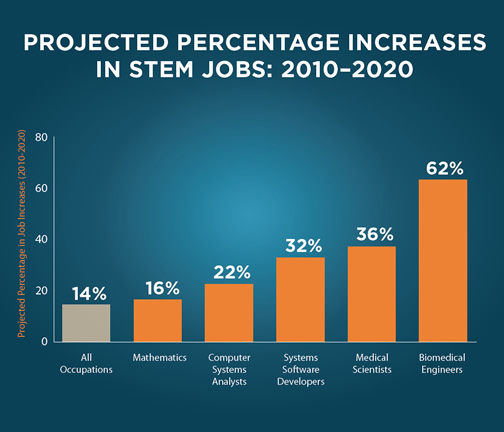This is my absolute favorite time of year. Why? Snow, of
course!
I think snow is fantastic. I love being in the snow and
being outside during the winter months. I enjoy sledding, skiing (downhill,
Nordic, and now backcountry), snowboarding, etc. I love it. Then there are the
sports that I want to try and haven’t experienced yet, like snowmobiling and
ice fishing!
We are lucky to live in an area that has such an abundance
of outdoor recreational activities available. The outdoors during winter can
also be especially dangerous though, for those who adventure unprepared. The
good news is that there are a multitude of ways to get more information about
snow data that can help predict weather and climate.
I’m personally a total data geek, and I wanted to talk about
some of the ways scientists can use data to measure different outcomes. The
information can be utilized for a few different pursuits ranging from water
resource management to backcountry skiing. This valuable
information can inform and empower a variety of stakeholders ranging from
mayors to private landowners to city planners. It’s called SNOTEL (Snowpack
Telemetry)! The Natural Resources Conservation Service (NRCS) has designed two
delightful infographics that highlight parts of the program.
 |
Another way to predict weather can be from studying a climatic pheomena called ENSO (El Niño-Southern Oscillation.) Now, I am not a climate scientist so I do encourage you to check out
 |
for more information.
The video below explains the process of predictions and
some of the limitations that exist when trying to predict seasonal forecasting.
I can say, though, that the Earth is experiencing a
weak La Niña this year. The video below explains more about the predictions for
Winter 2016-17.
If video isn’t your thing, here is an image outlining
the GENERAL trend that weather might show this year across the globe.
 |
https://www.climate.gov/sites/default/files/Nina_winterandsummer_620.jpg
|
If you notice, even in a weak La Niña year, the Northwestern
United States does tend to receive an increased amount of cool, wet weather.
This has led some to believe that there may be increased snowfall in the NW
associated with La Niña. I certainly hope so!
Cheers to a solid snowpack this winter, and Happy Holidays!
~ Ava
Works Cited
Dewitt, Dave. Predicting El Niño and La Niña Events. Online
video clip. YouTube. October 7, 2016. https://youtu.be/BAFUG4bRRd0
ENSO Blog. Science and Information for a Climate-Smart
Nation. https://www.climate.gov/news-features/department/enso-blog.
Gratz, Joel. “Whats a Snotel Site and How Does it Work?” http://www.onthesnow.com/news/a/584877/what-s-a-snotel-site-and-how-s-it-work-
Halpert, Mike. NOAA Climate Prediction Center’s 2016-17
winter outlook. Online video clip. YouTube. October 20, 2016. https://youtu.be/KF8YwYUcB_E
L’Heureux, Michelle. “What
is the El Niño–Southern Oscillation (ENSO) in a nutshell?” May 5th,
2014. https://www.climate.gov/news-features/blogs/enso/what-el-ni%C3%B1o%E2%80%93southern-oscillation-enso-nutshell
Miller, Spencer. “Measuring the Value of Snow. March 14th,
2014. http://blogs.usda.gov/2014/03/14/measuring-the-value-of-snow/
NOAA National Centers for Environmental Information. “La Niña
Outlook, Impacts for Winter 2016-17.” https://www.ncdc.noaa.gov/news/la-nina-outlook-impacts-winter-2016-17
NRCS National Water and Climate Center. “SNOTEL Data
Collection Network Fact Sheet.” http://www.wcc.nrcs.usda.gov/factpub/sntlfct1.html

















